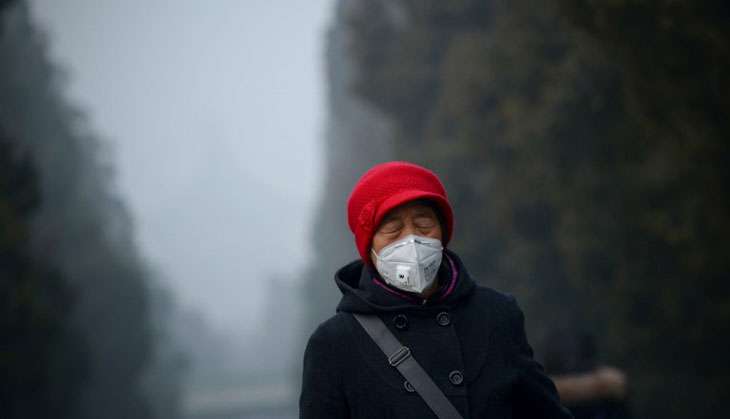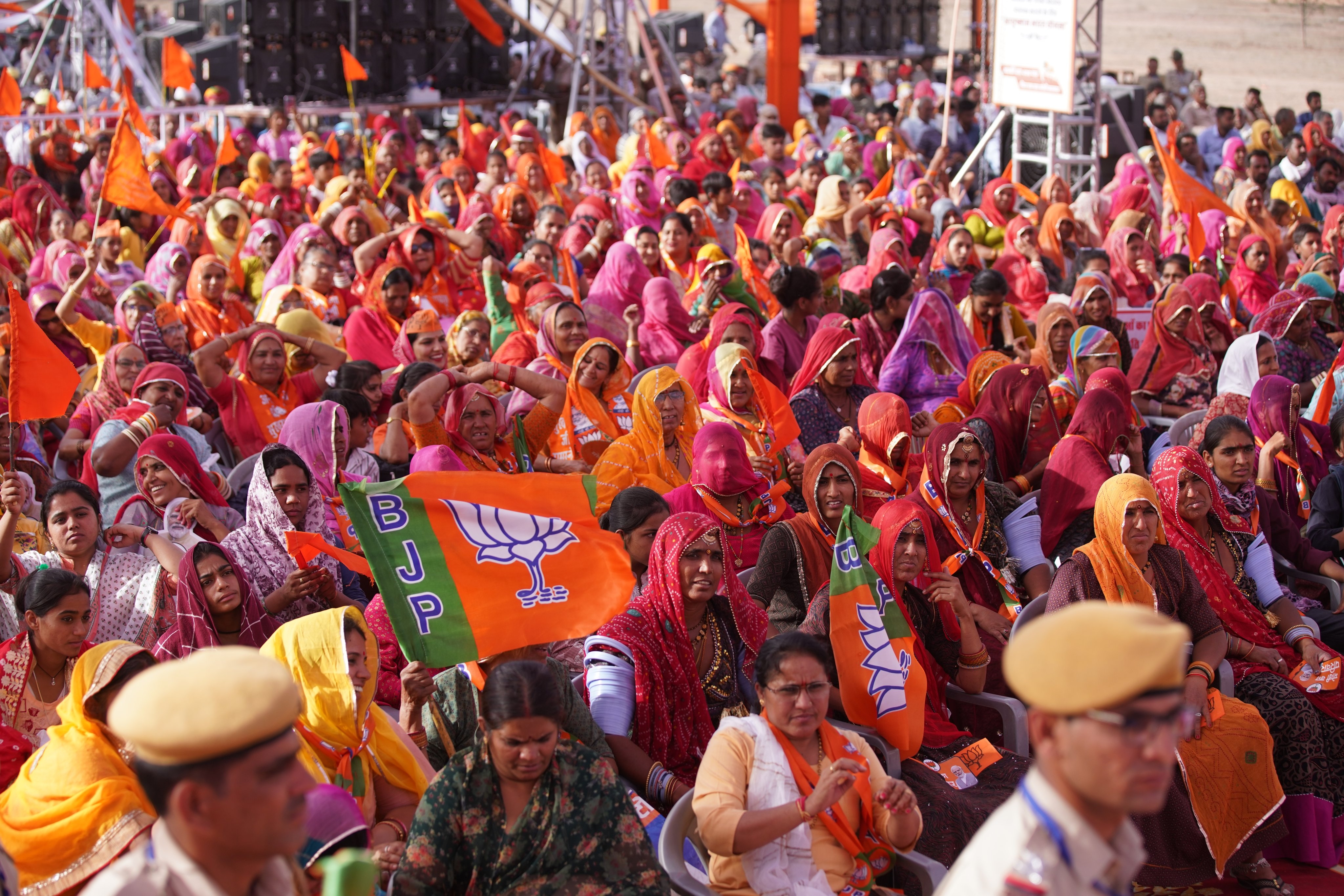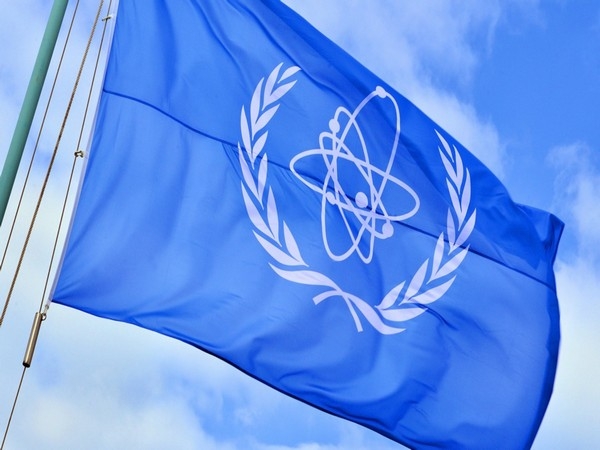Take a deep breath - here's what 2016 revealed about the deadly dangers of air pollution

Beijing, London, Mexico City, New Delhi and Paris are among the cities that have drawn attention for their dangerously high air pollution levels in 2016 - but they're not alone. The World Health Organisation (WHO) has confirmed that 92% of the world's urban population now live in cities where the air is toxic.
In India, a study found that 41 Indian cities of more than a million people faced bad air quality on nearly 60% of the total days monitored. Three cities - Gwalior, Varanasi and Allahabad - didn't even manage one good air quality day.
Over on the African continent, dirty air was identified as the cause of 712,000 premature deaths - that's more than unsafe water (542,000), childhood malnutrition (275,000) or unsafe sanitation (391,000).
In Europe, it was found that around 85% of the urban population are exposed to harmful fine particulate matter (PM2.5) which was responsible for an estimated 467,000 premature deaths in 41 European countries.
It's not all bad news though: 74 major Chinese cities have seen the annual average concentrations of particulate matter, sulphur dioxide and nitrogen dioxide, decrease since 2014 although the Chinese government's "war on air pollution" has received criticism.
Health risk
The health impacts of air pollution are well documented; but now, new evidence suggests a link between air pollution and dementia and Alzheimer's disease, with exposure to poor air quality equivalent to passively smoking six cigarettes a day. Not only that, toxic air has been blamed for more road traffic crashes from pollutants distracting drivers, causing watery eyes and itchy noses.
It is often poor, young, old and disadvantaged people who are worst affected by poor air quality. Air pollution is responsible for the deaths of 600,000 children under the age of five every year. Ethnic minorities are more likely to be exposed to high pollution levels than other groups. In London, black, African and Caribbean people were exposed to higher illegal nitrogen dioxide levels (15.3%) because of where they lived, compared to the rest of the city's population (13.3%).
Air pollution also affects regional climate, which impacts on future water availability and ecosystem productivity. Black carbon is a particulate matter created through the burning of fossil fuels (such as diesel) and biomass. As well as effecting human health, it is responsible for glacial melting in the Himalayan and Tibetan Plateau. Black carbon deposits on snow and ice darkens surfaces, resulting greater absorption of sunlight and faster melting.
Research from the World Bank estimated that the global economic cost of air pollution-related deaths to be US$225 billion in lost labour income (in 2013) and more than US$5 trillion in welfare losses. The OECD predicted that global air pollution-related healthcare costs will increase from US$21 billion in 2015 to US$176 billion in 2060. And by 2060, the global annual number of lost working days that affect labour productivity is projected to reach 3.7 billion - it is currently around 1.2 billion.
Air creative
Change is in the air
This year the UN's New Urban Agenda, the Sustainable Development Goals and the Breathe Life Campaign called for action to improve urban air quality and deliver social, environmental and economic co-benefits.
Meanwhile, Paris, Mexico City, Madrid and Athens have pledged to remove all diesel vehicles from their streets by 2025, while promoting walking and cycling infrastructure. In Asia, a city certification programme is being piloted to encourage cities to make advances in air quality management.
If anything, 2016 has showed us that poor air quality is a scourge of the developed and developing world alike - and that it requires immediate action. The evidence is clear: we need to clean up our act, to protect human health and reap the benefits of clean air for all.
Gary Haq, Senior Research Associate in Sustainable Development, Human Ecology, University of York
This article was originally published on The Conversation. Read the original article.
First published: 20 December 2016, 7:24 IST




_251021_300x172.jpg)
![BJP's Kapil Mishra recreates Shankar Mahadevan’s ‘Breathless’ song to highlight Delhi pollution [WATCH] BJP's Kapil Mishra recreates Shankar Mahadevan’s ‘Breathless’ song to highlight Delhi pollution [WATCH]](http://images.catchnews.com/upload/2022/11/03/kapil-mishra_240884_300x172.png)

![Anupam Kher shares pictures of his toned body on 67th birthday [MUST SEE] Anupam Kher shares pictures of his toned body on 67th birthday [MUST SEE]](http://images.catchnews.com/upload/2022/03/07/Anupam_kher_231145_300x172.jpg)






